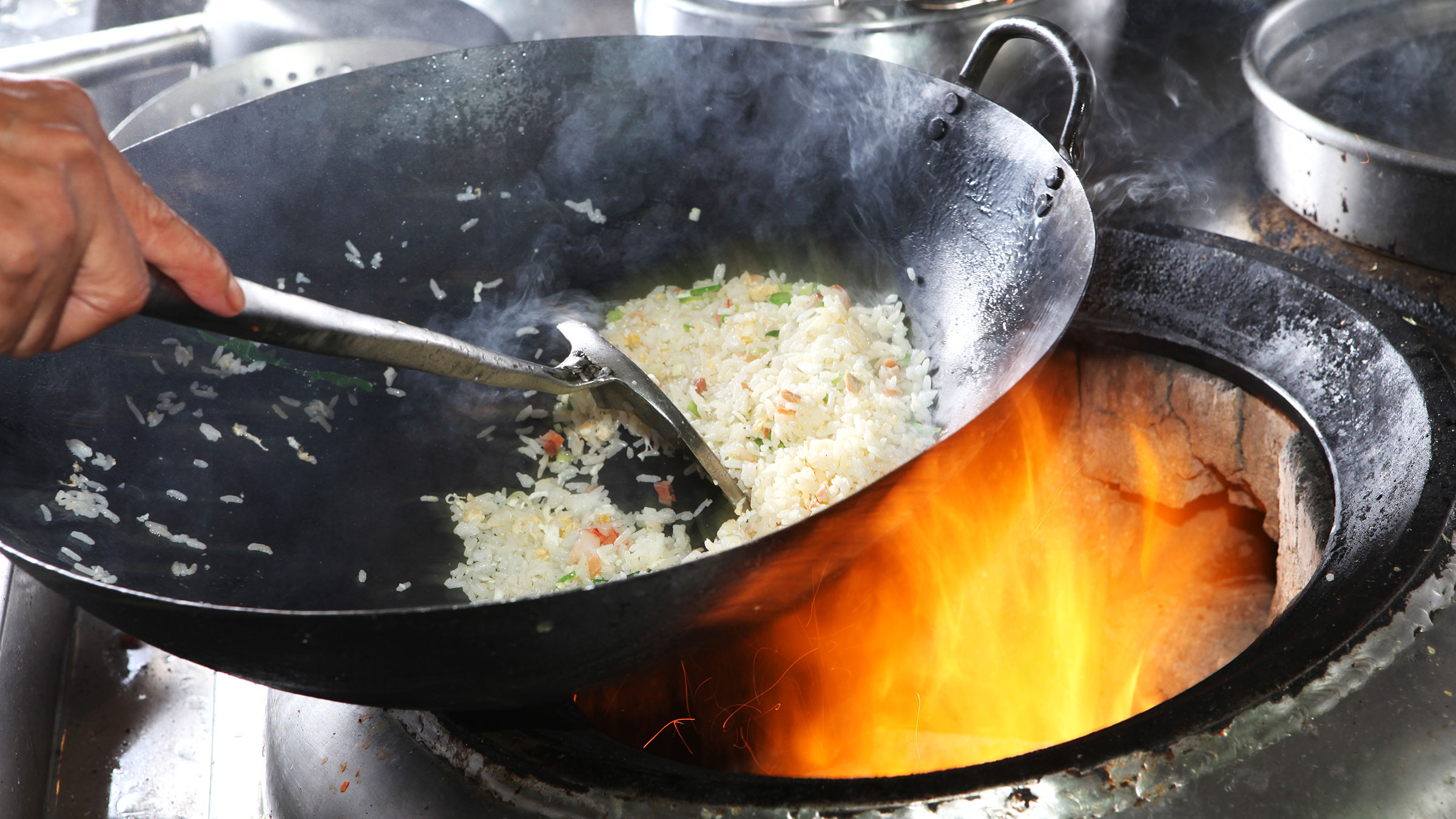Climate impact
About nine out of ten Chinese households already have access to stoves with improved efficiency and cleaner burning. Each improved stove can be estimated to save emissions by 1 to 3 tonnes of CO2e a year.
The Chinese programme could be scaled up to other countries where traditional cook stoves are still common. This would achieve annual emissions savings of 500 to 1,500 Mt by 2030.

Success factors
The National Improved Stove Program (NISP) and its provincial counterparts were initiated in the early 1980s. They have been credited with introducing nearly 200 million improved stoves by the late 1990s, at a rate of around 15 million per year.
Instead of subsidising the cost of the improved stoves, the government invested in R&D, training, product demonstration and public outreach to encourage take-up. The direct cost of purchasing and installing stoves was mostly borne by Chinese households.
Costs
Introducing improved cook stoves is estimated to have an abatement cost of 5 to 8 $/tCO2e. Scaling up the solution would therefore cost $2.5 billion to $11.8 billion a year by 2030.

Co-benefits
Improved cook stoves (ICS) have substantial co-benefits that offer reason enough for deployment. Traditional stoves cause at least 4.3 million premature deaths annually and 110 million disability-adjusted life years – primarily among women and children. ICS significantly reduces both indoor and outdoor pollution from cooking with enormous health benefits. By cutting fuel costs and increasing efficiency, improved stoves provide better energy access.
Traditionally it is women and children who gather firewood or buy coal for cooking. Reduced fuel consumption frees up time for other activities, improving the lives of women and facilitating school attendance among children.
Further, by reducing the need for solid biomass and charcoal, improved cook stoves help prevent deforestation. This in turn has a positive impact on biodiversity, soil quality and water resource management.
Barriers and drivers
- High upfront investment costs often deter households from buying an efficient stove. This is the most important barrier and subsidies may be necessary to secure uptake, especially in poorer areas.
- ICS must be designed to suit local needs like cooking preferences. Stoves need therefore to be tested and adapted to ensure uptake and efficient use.
- Deployment has been held back by lack of awareness about savings. Information campaigns on the benefits of ICS and their correct use can address this barrier.
- Retailing networks need to reach remote and rural areas. Networks also need to provide after-sale services as well as fuel at affordable prices.
- In China product quality has been patchy and performance varies considerably. Quality control and standards are beneficial.






RELATED SOLUTIONS